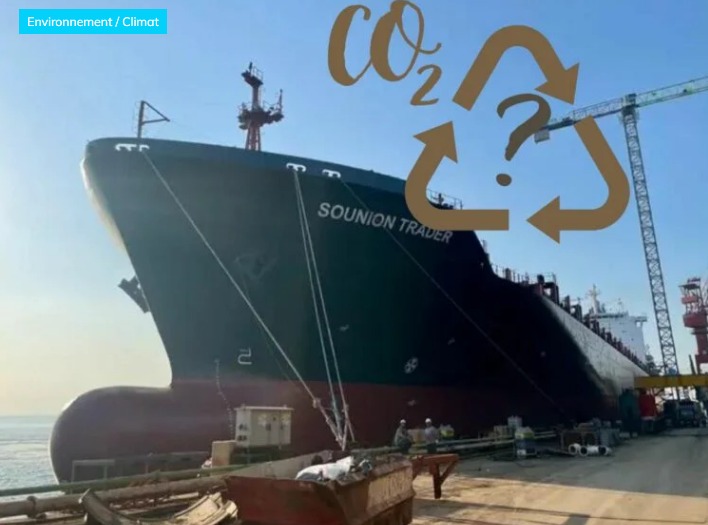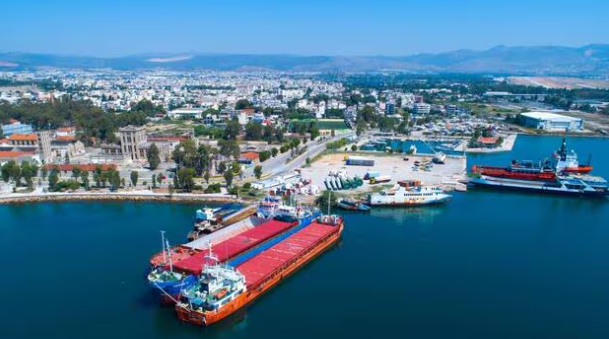The English startup Seabound has just announced that it has managed to capture up to 78% of the CO2 emitted by an old container ship during a two-month experiment, and thus hopes to participate in the decarbonization of the maritime sector. But behind this figure lies an operation that raises questions.
The London startup Seabound has just announced that it has successfully completed a 2-month experiment, during which it managed to reduce the CO2 emissions of a container ship from the transport company Lomar by almost 78%. To achieve this, the startup has created an installation that is installed on a ship in the form of a retrofit. Made up of several containers, the installation connects directly to the exhaust system of the ship’s diesel machines.
When the ship is in operation, the exhaust gases circulate, at room temperature, through calcium oxide pebbles, better known as quicklime. This quicklime reacts on contact with CO2, and captures the latter to form calcium carbonate, in other words pure limestone. According to the startup, this system multiplies the advantages, since the quicklime necessary for the operation of this solution is cheap, and the limestone obtained can be used in many sectors such as construction or agriculture. It can thus be resold once the ship is docked.
Source: révolution-énergetique




